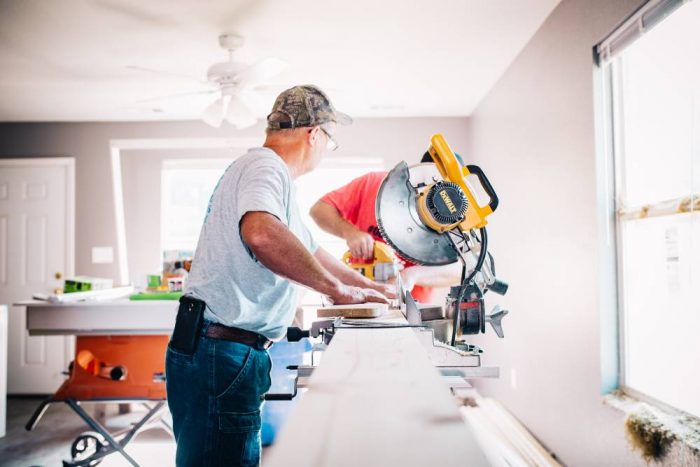Economy
Labor’s “Help to Buy” scheme won’t solve housing affordability issues – here’s what will
Published
30 May, 2022

There’s a tendency to hold one’s breath when hearing of a new government’s policies, particularly in the real estate sector. Typically, when the government tries to pull levers in the property market, there are repercussions – sometimes unintended and always avoidable (by the government stepping back in the first place).
Even first home owners grants can negatively influence a property market, creating artificial demand and leaving property investors confused as to the state of the property market when those initiatives end.
So, Labor, our newly elected government, has been boasting about their Help to Buy scheme, which intends to get more people into the housing market by cutting the cost of buying a house by up to 40 per cent.
We’ll talk more about this scheme in a future post. But while Labor gets their act together, printing new business cards and getting comfy in their new seats to the right of the Speaker, we’re more interested in what they should be doing to help housing affordability rather than what they’ve proposed.
The issues facing Australia’s property market

If you’re reading this post, you’ll surely know there’s a serious affordability problem in Australia’s real estate market. Prices may be dropping on the east coast but that still won’t help the average Australian buy a house. Interest rate rises are of course a further hindrance (despite rates unlikely to exceed a level that will cause a mortgage repayment crisis). Take Sydney, for example, where 61 per cent of the average wage is consumed by the average mortgage payment. This is unmanageable for most.
So, what can be done about housing affordability in Australia? We (and many other property experts) have some ideas:
1. Increase supply by lifting the red tape
“It’s bloody simple — we’ve got to convince the state governments to rezone land. It’s the state governments, driven by a little bit of prodding from the federal government, which will help us get the supply we need.”
That’s the Property Council of Australia’s president, David Harrison, speaking to realcommercial.com.au last month.
The PCA has been calling for the government to help with supply for a while now. And they want this done by the federal government establishing bilateral agreements with each of the states and territories. By identifying all those gaps and blockages that exist in key housing corridors and getting those issues solved, Australia might have a chance of supercharging housing supply (we’re calling hear, hear from the back of the room).

Each state has their own supply challenges. For example, Sydney’s property industry has a complex planning system, inhibiting the ability to free up space and allow new development. The state government, despite good intentions, has been unable to simplify this system.
The PCA suggests a multi-stage approach from the federal government to lift the considerable red tape seen in every state:
- Establish a budget to resolve housing supply issues.
- Announce a bilateral agreement with each state to tackle their individual challenges and bottlenecks involved in speedily increasing housing supply.
- Have a team that goes to work with each state government to help identify those challenges and create tailored solutions.
2. Drive recruitment of overseas workers
We have jobs. We don’t have workers to fill them.
Australia is suffering from a serious skills shortage. And this is absolutely smashing building costs and putting new builds (which means additional supply) out of reach for the average Australian. It’s even causing builders to go bust – major ones, not just your uncle’s sole trader renovation business – due to the lack of hands available to cater to the long pipeline of developments.

In its Australia Construction Market View, Summer 2022 report, Amsterdam-based engineering consultancy Arcadis tipped building tender prices (the quote developers provide for a construction project) in Perth to rise by 7 per cent this year, exceeding the 5-per cent growth in tender prices expected in Sydney, Darwin, and Brisbane. And it’s no longer material costs making up the bulk of the construction bill – it’s labour costs.
The solution to skyrocketing building costs is getting more people into the country – now. The heavyweight developers need a far bigger influx of skilled workers than the slow relocation of interstate migrants promised by the eliminated border restrictions.
As affordability continues to be the main topic of conversation in many property seminars, lectures, articles, podcasts and blog posts, and the voices of those struggling to own real estate (while rental costs exceed mortgage repayments) become louder, we can only hope the new Labor government will open their ears and listen.
Will they heed the call? Only time will tell. But one thing is for sure, they don’t have much of it to waste.
Want insights like this delivered straight to your inbox? Subscribe to our mailing list and you’ll never miss an update.
Subscribe today for monthly insights



